in association with AC Nielsen
Stella Artois reassuringly number one
The momentum behind the overwhelming success of Stella Artois remains unstoppable, with rivals permanently struggling to catch up
The Stella Artois star shone bright this Christmas.
The ubiquitous Belgian carried all before it to increase its dominance as the largest single brand sold from the UK drinks aisles in November and December.
The premium lager brewed in this country for the most part by Interbrew UK is almost twice the size of the next biggest beer brand during the peak selling period at the end of 2000.
And that meant Stella accounted for four out of the top 10 skus sold at Christmas.
But success can bring its problems. Intense competition between the multiples drove the promotional price of Stella down to £11.99 for a 24-pack of 330ml bottles.
Nevertheless Interbrew UK's sales and marketing director Stewart Gilliland maintains the brand's long running Reassuringly Expensive advertising tag is still relevant.
The brand might cost less than it used to, he says, but on a pence per litre basis it is still more expensive than the opposition.
Being at the top of the heap means when Stella's price goes down everything else goes down with it.
Gilliland says: "Iceland's tactic [of sourcing on the grey market] put the brand £2 below where we wanted it to be, and we had to find ways for our customers to compete."
Despite this, he says the Scantrack data for December shows that on average the Stella packs were still more expensive than the major opposition on a pence per litre basis.
Explaining the brand's success he says: "Stella is backed by the most successful ad campaign of any drinks brand and it has been running on the same theme for the last 20 years.
"Each time we introduce a new campaign it is better than the last.
"We have also focused on developing the right range of skus. We have a lot and we need to have more to cater for different consumption occasions, different repertoires and different retail groups."
Every brand owner maintains his brand never gets enough space on the shelf. Gilliland says this is beginning to improve for Stella.
There is now permanent signage in Spar stores and branded bays in Asda.
The brewer is also working on increasing its promotional activity based on chiller cabinets and the links that can be made with meal deals in some trade channels.
Gilliland says: "I believe we can keep the momentum going. We still do not have enough space and there are still too many brands out there that don't offer a point of difference."
He says the brand still suffers from out of stocks on Thursday and Friday nights.
"I would like to see the price go up. Our margins are squeezed and so are the retailers."
The imbalance in the price equation is highlighted by the fact that Stella's big value gains (+26%) were on the back of volume up 39%.
"The volume/value gap is wider than I would like, but we have to work with that. We have to look at ways of reducing the promotional activities and still offer value to consumers.
"Nevertheless, I would still rather be where I am than where everyone else is."
And where is everybody else? Behind Stella, fighting for a share. Kronenbourg 1664, Budweiser and Carling all paid the price with falls in value.
Carling, as the number two beer brand and the leading standard lager, felt the pain as the gap between premium and standard lager closed by 10p a litre.
Bass Take Home md John Holberry says: "Carling's price per litre was higher in November and December than 12 months previously, while all the rest were lower. This is why Carling did not do as well. It lost share to both Stella and Foster's."
He points out that Foster's was the same price that Skol was two years ago.
"Consumers will go for value. If you drop your price you will see growth. If you don't you won't.
"I don't think we are going to be able to sustain the price difference, so we are going to have to respond to the competition."
He adds: "Own label is getting a stuffing because the brands are so cheap and the big brands are getting bigger. In the end they will become so dominant the others will not be able to compete.
"I don't see any prospect of relief from pricing pressure. Supermarkets use it as a major lever and there is still capacity in the brewing industry so someone out there will offer a deal."
Brian Sharp, marketing director of the UK's leading brewer Scottish Courage took a more optimistic view of the market.
"We grew value and volume in line and we tried to keep prices the same or slightly higher than last year.
"Across all channels of trade the consumer paid much the same as in 1999. There may have been pockets of cheap beer but the numbers do not support the view that this was the rule."
He maintains the average price per litre for lager was £1.69 the same as last year. For ale it was £1.84, 3p higher than 1999.
"If the multiples chop the price and make a lot of fuss, it disguises the fact there are 200 other skus where the prices did not go down."
He suggests that because consumers are trading up to premium lagers, the value of the market should go up.
The figures show standard lager volumes were up 2.2% while premiums were up 8.5%, but this growth was fuelled by 13p per litre drop in the price of premiums.
One of Scottish Courage's big winners was Miller Genuine Draft.
Sharp says much of that was because of some very aggressive deals on it in Scotland. "One of the benefits was that there was a lot of sampling. How good this is for the brand will depend on how much repeat purchasing we get after the price went up in January."
Miller Pilsner also grew, particularly in Scotland, where it benefited from good case deals running in a number of trade sectors.
Sharp says its success it is increasing sales in a Scottish standard lager market down 14% has meant that more emphasis is being put on Miller at the expense of McEwan's.
"In the long term, there will be more weight behind Miller north of the border."
{{FEATURES }}
Close menu
- Home
- Retail & Wholesale
-
Products & Suppliers
- Back to parent navigation item
- Products & Suppliers
-
Product Categories:
- Back to parent navigation item
- Product Categories:
- Alcoholic drinks
- Bakery
- Cereals & breakfast
- Cheese
- Chicken & poultry
- Chocolate
- Confectionery
- Crisps, nuts & snacks
- Dairy
- Fish
- Fresh produce
- Frozen
- Household
- Meat
- Own Label
- Sauces & condiments
- Seasonal
- Soft drinks
- Vaping
- Vegan & plant-based
- World foods
- Suppliers
- People
- Reports & Data
-
Topics A-Z
- Back to parent navigation item
- Topics A-Z
-
Popular topics:
- Back to parent navigation item
- Popular topics:
- Cost of living crisis
- Crime
- Deposit Return Schemes
- Finance
- Government & Regulation
- Health
- Inflation
- Loyalty
- Marketing
- Mergers & Acquisitions
- New Product Development
- Sourcing
- Supply chain
- Sustainability & environment
- Technology
- Ultra Processed Foods
- Vaping
- A-Z all topics
- Content by type:
- Events
- Ask iA (beta)
- Subscribe now
Sign in to comment on this article
Not logged in before? Register for FREE guest access today.
You will be able to:
- Read more stories
- Receive daily newsletters
- Comment on stories
Advert







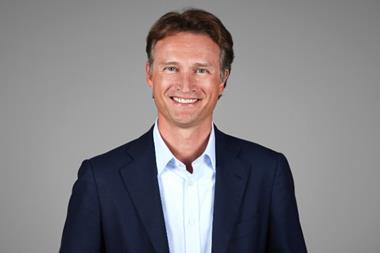




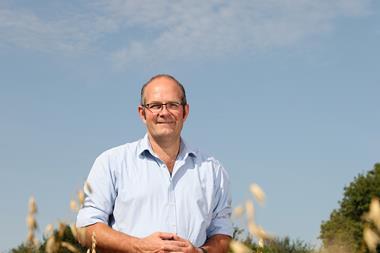
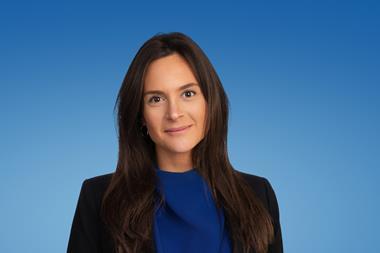
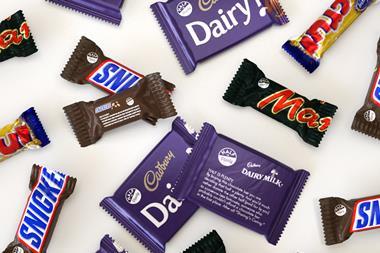

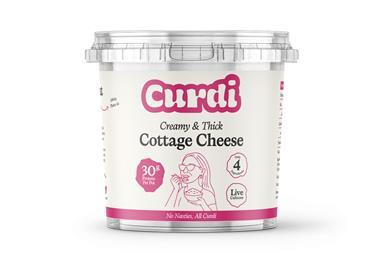
No comments yet